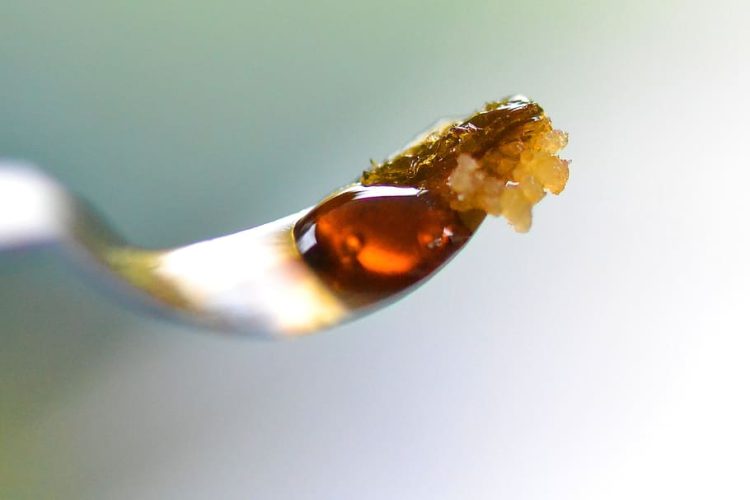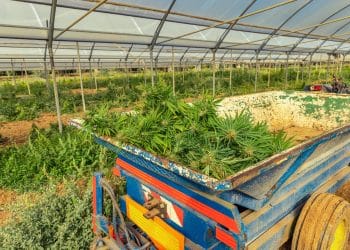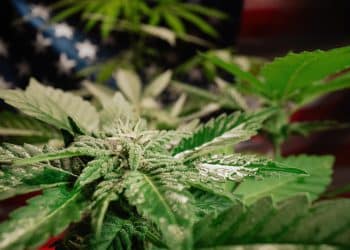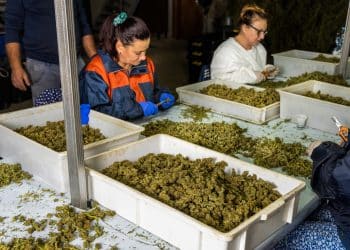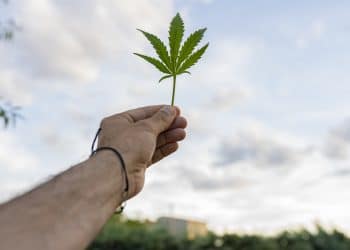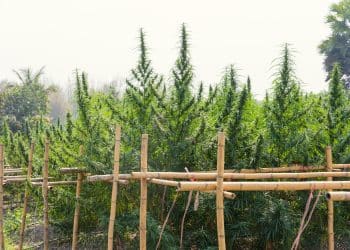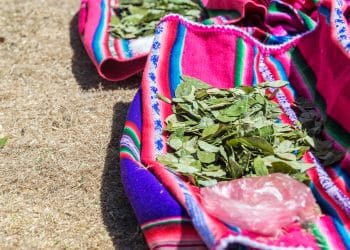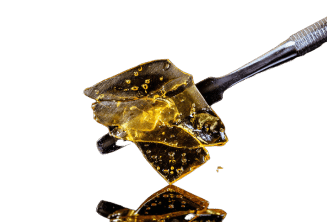Dabbing and vaping are seen as a tricky territory. On the one hand, they are a generally healthier alternative to smoking, but on the other, they have got a bad rap from the vape-related lung issues which highlighted the unknowns and variables that these methods can bring along.
A 2021 study sought to explore the issue from the perspective of two primary components in cannabis extracts – terpenes, and beta-myrcene in particular, and delta-9-tetrahydrocannabinol (THC) – and their ratios, in hopes to highlight telling patterns. [1]
The study came upon some interesting and somewhat paradoxical findings. For one, when dabbing, the more beta-myrcene there was in an extract, the more harmful or potentially harmful components (HPHCs) that the dabber inhaled, whereas during vaping, the opposite was true – more beta-myrcene equalled less degradation and lower levels of HPHC.
Dabbing Experiment
In the dabbing experiment, the researchers evaluated 0, 5, and 9% beta-myrcene in a 50 mg/mL synthetic cannabis oil, as well as pure myrcene and pure THC using a designated dabbing protocol. The aim was to measure the levels of degradation products including methyl vinyl ketone, methacrolein, and isoprene. As the myrcene level went up, so did all three degradation products in the aerosol gas phase (GP).
“Isotope labeling experiments indicate that beta-myrcene has a 5–6 fold higher % yield of isoprene than THC. More facile routes to gaseous degradants, higher partitioning to the GP, and lower molar heat capacity are all factors that may explain the more extensive b-myrcene degradation compared to THC.”
Vaping Experiment
In the vaping experiment, beta-myrcene levels of 0, 7, and 14% were used. THC in the GP increased in a linear fashion with increasing beta-myrcene. And as mentioned, the highest level of myrcene used resulted in the lowest level of degradation products. Pure THC and THC with 7% myrcene produced similar levels of HPHCs.
The researchers note:
“These results suggest THC and terpene transfer occur with less degradation as terpene % mass increases, and that the vaporizer operates with higher overall efficiency at the highest terpene % mass tested…”
The authors hypothesize that this is likely the consequence of the lower boiling point and viscosity given the addition of myrcene.
The researchers note that this trend is likely valid across other terpenes with similar vapor pressures and molecular masses. They also believe a cannabinoid’s lower boiling point corresponds with a lower aerosolization temperature in the atomizer and respectively less chemical degradation.
The scientists conclude that cannabis vaporizer liquids in the black market contain all kinds of other additives, adding too many variables, and rendering these takeaways virtually irrelevant, as are most health and safety standards on that scene.
References:
- Meehan-Atrash J, Luo W, McWhirter K, et al, The influence of terpenes on the release of volatile organic compounds and active ingredients to cannabis vaping aerosols. RSC Adv. 2021. 11:11714. [journal impact factor = 3.361; times cited = 0]
